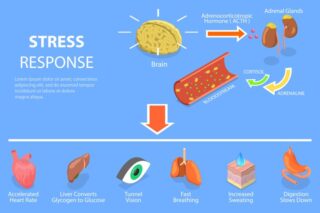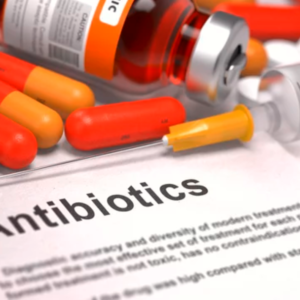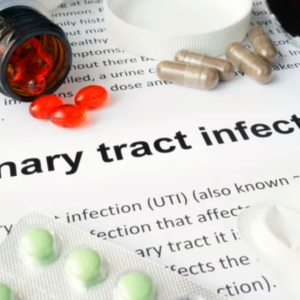What to Do about Pink Eye

Conjunctivitis, or “pink eye” as many of us know it, refers to the inflammation of the membrane that covers the eye. Though usually viral, pink eye can also be caused by bacteria, allergies, and general irritation to the membrane. Each one of these causes can present a little differently and they are also managed differently.
In general, symptoms of pink eye include itching, tearing, and general discomfort. Symptoms may be in one eye or both, and there may be discharge. With viral conjunctivitis, the symptoms often begin in one eye and quickly spread to the other. There is also usually a thin, clear discharge. Bacterial conjunctivitis usually occurs in one eye and has a thicker and more opaque discharge. Conjunctivitis caused by irritation is also usually unilateral, and symptoms tend to present more similar to viral conjunctivitis, with excessive watering of the eyes. There is usually a specific cause, such as rubbing or trauma to the eye. Allergic conjunctivitis usually affects both eyes and causes excessive watering and irritation as well. Sinus-related symptoms will likely be present as well, such as congestion or a runny nose.
When symptoms of conjunctivitis occur, especially if they are only in one eye, it is recommended to go to the doctor to make sure there is not a foreign body stuck in the eye that could cause permanent damage. Once conjunctivitis is diagnosed, it will be treated based on the likely cause. Bacterial conjunctivitis may be treated with antibiotic drops, viral conjunctivitis may be treated with artificial tears, and allergic conjunctivitis may be treated with oral allergy medication.
Though treatment varies, there are many things that can be done to avoid pink eye in general. For instance, it is important to practice good hygiene. This includes not touching your eyes with dirty hands, using clean towels on your face, washing your eyelids regularly, throwing away old eye makeup, and using contacts as recommended. It is also recommended to use eye protection when working with chemicals or other irritants. As mentioned, if allergies are the cause of your conjunctivitis, taking an antihistamine regularly can prevent future episodes, though it is recommended that you talk to your doctor prior to beginning any medications.
Resources:
Mayo Foundation for Medical Education and Research. (2020, June 16). Pink eye (conjunctivitis). Mayo Clinic. Retrieved October 25, 2021, from https://www.mayoclinic.org/diseases-conditions/pink-eye/diagnosis-treatment/drc-20376360.
Signs and symptoms of pink eye (conjunctivitis). Centers for Disease Control and Prevention. (2019, January 4). Retrieved October 25, 2021, from https://www.cdc.gov/conjunctivitis/about/symptoms.html.

This article reviewed by Ms. Deb Dooley.
There’s nothing more important than our good health – that’s our principal capital asset.
#medical #telehealth #pinkeye #umedoc








